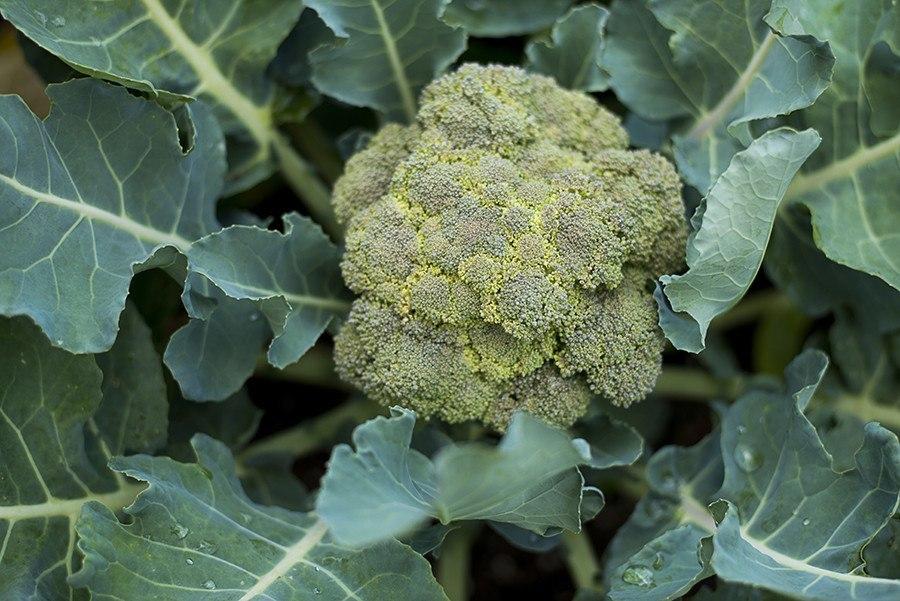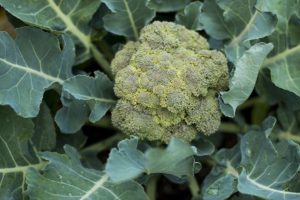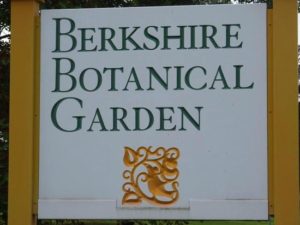
Be-A-Better-Gardener
Second Sowings
Cool weather crops like broccoli can be sown in July
By Thomas Christopher
This is a time of year when the vegetable garden can look a bit threadbare – the early spring crops such as peas and lettuce have faded with the onset of summer heat, leaving substantial gaps in your beds. Don’t regard these as losses, however; they are opportunities, for summer can become a planting season for edibles second only to spring. It’s easy: the only special skill you need is an ability to count backwards.
Counting backward is important because summer plantings must be timed to mature before the first fall frost. For example, the first fall frost in my garden in western Massachusetts typically comes in the first week of October. That means that in mid-July, I have, in an average year, about 80 days of growing time left. That’s plenty of time for a crop of bush beans, because they mature in 45-60 days. Actually, a summer sowing takes a bit longer than that because the waning of the sunlight as the season progresses will slow plant growth a bit. But even allowing for an extra week or two, an early maturing variety of bush bean such as ‘Early Contender’ should be in full fruit by mid-September. Likewise, a mid-July sowing of ‘Northern Pickling’ cucumber should be yielding well by then.
It’s a bit counter-intuitive, but these hot days are also an excellent time to sow cool-weather-loving crops such as broccoli an broccoli raab. Nurse the seeds and seedlings through the hot weather and the maturing plants will find themselves back in the cooler temperatures that they prefer. A trick I learned – I forget where – to help the seeds sprout during July’s hot, typically dry, weather is to cover the rows with wooden boards. This covering deflects some of the heat, helping the soil underneath to stay cooler, and it also helps the soil to stay moist. Alternatively, you can start the seeds indoors under lights, and set the seedlings out as the heat begins to moderate in mid-August.
I’ve tried peas as a fall crop but, frankly, without much success. I favor the cold-hardy greens which continue to bear even if nipped by a light frost. These include kale, of course, but also Swiss chard, and mustard greens. Collard greens can stand what for most other plants is a killing frost, surviving without serious damage temperatures down to 20°F. All of these, incidentally, can be picked as “baby greens” and added to salads before they mature into cooking greens.
Several of the root crops, including beets, turnips, and daikon radishes can be sown as fall crops. Beets and turnips, of course, are also a source of greens and can be harvested as such if an early frost threatens. Carrots’ leaves will succumb to the first killing frost, but if you mulch them with a foot of straw or shredded leaves, the roots will survive and even sweeten as the fall progresses.
Note: you can see the pick of the season’s harvest at Berkshire Botanical Garden’s Grow Show August 12-13, the annual “You Grow it and Show it” event featuring floral design, horticulture, and photography divisions. Submit your own entries free of charge, or simply come and enjoy the show. Learn more at berkshirebotanical.org.
Thomas Christopher is the co-author of “Garden Revolution” (Timber Press, 2016) and is a volunteer at Berkshire Botanical Garden. berkshirebotanical.org
Be-a-Better-Gardener is a community service of Berkshire Botanical Garden, one of the nation’s oldest botanical gardens in Stockbridge, MA. Its mission to provide knowledge of gardening and the environment through 25 display gardens and a diverse range of classes informs and inspires thousands of students and visitors on horticultural topics every year. Thomas Christopher is the co-author of Garden Revolution (Timber press, 2016) and is a volunteer at Berkshire Botanical Garden. berkshirebotanical.org.



